
Job opportunities: 4 data synthesis postdoctoral positions
NOAA’s Ocean Acidification Program seeks qualified candidates for four postdoctoral positions to synthesize data in the major areas of the program’s investments.
Ocean acidification threatens food security, economies, and culture because of its potential impacts on marine ecosystem services. Connecting to the human impacts is essential for preparing for the consequences of our changing ocean.
Ocean acidification threatens food security, economies, and ways of life because of its potential impacts on coastal ecosystems and societies. The NOAA Ocean Acidification Program helps people prepare and adapt to ocean acidification by building community and industry resilience to changing ocean conditions.
NOAA’s Ocean Acidification Program examines the ways in which communities and industries are vulnerable to ocean and coastal acidification, and fosters research and partnerships that promote resiliency and adaptation.
Regional Resiliency & Vulnerability Assessments (RVAs) are interdisciplinary projects that supplement the physical, chemical, and biological science of ocean and coastal acidification with social sciences to assess regional vulnerability. RVA projects inform strategies that build resilience and adaptation to ocean change that are responsive to community values, needs, and priorities. This information is intended to provide national-to-local marine resource decision-makers with information in order to develop adaptation strategies to ocean and coastal acidification and related impacts affecting ocean and coastal ecosystems, ecosystem services, and the human communities that depend on them.
Put models and research into the hands of people who need it to make decisions and prepare for the consequences of ocean acidification. Forecasts that include ocean, coastal or Great Lakes conditions and sensitivity of species and ecosystems help predict the potential impacts to communities and economies.
Develop innovative tools to help monitor ocean acidification and mitigate changing ocean chemistry locally. Enable industries and communities to contribute to the science they need most.
Use models, forecasts, and predictions as tools to facilitate management strategies that will protect marine resources and communities from future changes.
See how ocean acidification affects people and communities.
Modeling
OAP funds modeling studies to advance our understanding of the impacts of ocean acidification on coastal ecosystems and fisheries.
Scientists can use a wide variety of models to project the potential progression of acidification in different regions, the impacts that changes in chemistry may have on marine life, and how these changes could affect a variety of ecosystem services including fisheries, aquaculture, and protection of coasts by coral reefs. For example, projections of ocean acidification can be incorporated into food-web models to better understand how changing ocean chemistry could affect harvested species, protected species, and the structure of the food web itself. Economic-forecast models can be used to analyze the economic impacts of potential changes in fisheries harvest caused by ocean acidification.
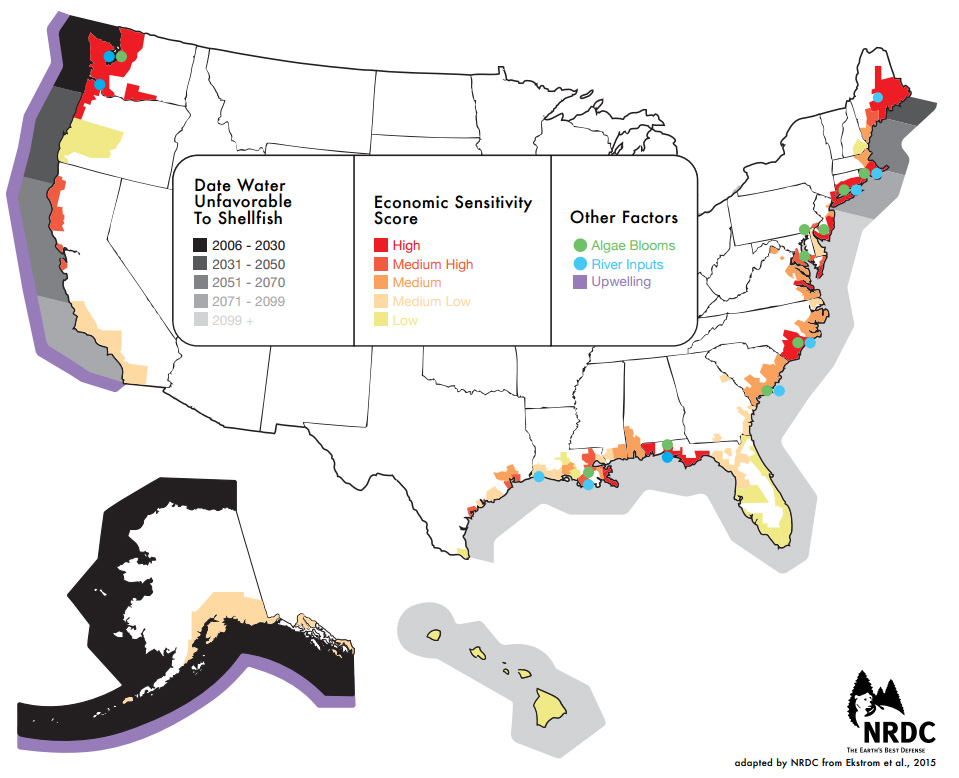
Projections of the economic impacts of ocean acidification can be created by combining economic models with findings from laboratory experiments and ecological models.
These links can be made for port communities or specific fisheries through modeling changes in fish harvest. Researchers at the Alaska Fisheries Science Center have developed bio-economic forecasts for the economically and culturally important species red king crab. Researchers at the Northwest Fisheries Science Center are developing projections of how the economies of regional port communities might be altered by potential changes in West Coast fisheries caused by ocean acidification.
Developing innovative tools to help monitor ocean acidification and mitigate changing ocean chemistry locally
Monitoring devices provide a hands-on tool for communities, industries and managers to adapt their practices when corrosive, or low pH, conditions occur. The Ocean Acidification Program funds technology development on both the East and West coasts for monitoring devices. These tools allow shellfish hatcheries and grow out operations to know when corrosive conditions are present so that they can adapt their methods. These projects involve a private industry partner that could move the devices to commercial production. Complementing coastal monitoring, real-time data from offshore buoys now act as an early warning system for shellfish hatcheries, signaling the approach of cold, low pH seawater a day or two before it arrives in the sensitive coastal waters where young oyster larvae are produced. The data enabled hatchery managers to schedule production when water quality is good and avoid wasting valuable energy and other resources when water quality is poor. Other adaptation approaches taken by hatcheries have included adding soda ash to low pH waters to raise it to levels shellfish can tolerate.
In some cases, natural marine ecosystems and species may already have ways to shelter neighboring habitats and organisms from ocean acidification by absorbing carbon dioxide from the seawater. Scientists at multiple NOAA facilities are investigating kelp and other blue carbon solutions as potential biological tools to draw down carbon dioxide from local waters. OAP-funded scientists studied kelp for this application in Puget Sound, where it can grow side by side with shellfish hatcheries to manage harmful effects of ocean acidification. Similarly, OAP-funded scientists are also evaluated the beneficial effects of seagrass for local populations of corals, which is leading to the development of coral reef management strategies to protect seagrass beds.
The United States Department of Agriculture and NOAA Sea Grant have supported research to develop oysters that are more resilient to ocean acidification. Through the Small Business Innovation Research program, NOAA has also funded work to identify and develop ocean acidification-resistant strains of red abalone.
Research that helps us understand the genetic and molecular underpinnings of how species respond to ocean acidification can help people and industries adapt. OAP invests in ‘omics research – referring to genomic, proteomic, and other genetic and molecular approaches that give us a fuller picture of why and how a species respond to acidification. This work has helped elucidate how acidification impacts bay scallops, an important harvested species and analog for the valuable Atlantic sea scallops, and how they may respond to future conditions. Partnering with NOAA Sea Grant, oyster growers are able to identify vulnerabilities between different strains and type of oysters.
Management strategies use information provided by research and tools that can be used to make sound decisions to effectively conserve marine resources. Baseline research about organism and community sensitivity to ocean acidification is incorporated into these strategies, in an effort to sustain these resources for the future.
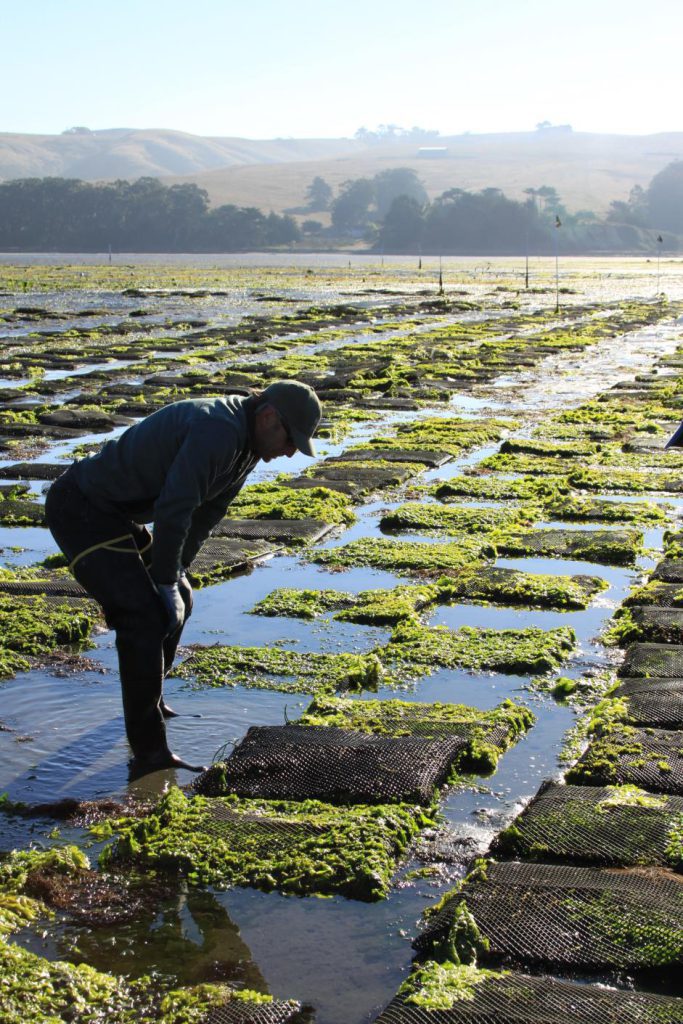
The biological response research is then incorporated into models that can be used to create tools for managers to use so that they can test different scenarios on species’ populations and habitats. Modeling efforts led by Woods Hole Oceanographic Institution are now being used to produce one of these tools for Atlantic sea scallop fisheries. The dashboard will allow managers to test the impacts of different management actions on scallop populations.
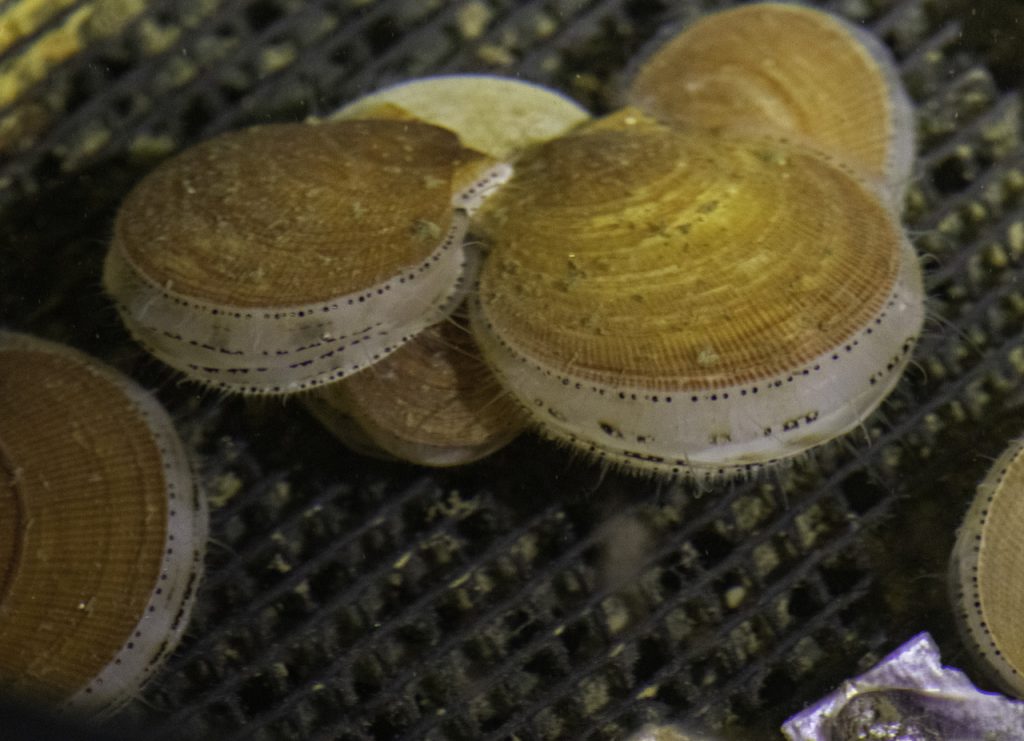
In the Pacific Northwest, NOAA, the University of Washington, and shellfish industry scientists have formed a strong partnership to adapt to ocean acidification impacts that have already affected the shellfish industry. Together these researchers determined that acidification was threatening oyster production and offered an approach to address it. They installed equipment to monitor carbon chemistry at shellfish hatcheries and worked with hatchery managers to develop methods that protect developing oyster larvae from exposure to low pH waters. Early warning tools are now being used to forecast seasonal acidification conditions to enable shellfish growers to adapt their practices.
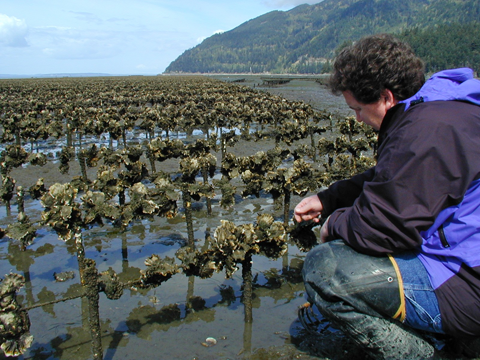
Ocean acidification is a global challenge, and the most effective adaptation strategies are holistic, incorporating the knowledge and experiences of many sectors. As an answer to the difficulty of bridging geographic and professional divides, together with the Interagency Working Group on Ocean Acidification, NOAA helped launch the Ocean Acidification Information Exchange, an online community and discussion forum.
Connecting People Across Management & Disciplines
The OA Information Exchange is designed to make it easy to connect and find information, with tools to post updates, share documents, media, links, and events with fellow members.
The site welcomes scientists, educators, students, policy makers, members of industry, and concerned citizens to help fulfill the mission of building a well-informed community ready to respond and adapt to ocean and coastal acidification. If you would like to join the conversation, please request an account at the OA Info Exchange.
The Ocean Acidification Program aims to provide information in ways people need to make informed decisions.
There are several tools and portals are available for different communities.
Get Ocean Acidification Data >
J-SCOPE > Provides 6-9 month forecasts for managers, industries and communities
CBEFS > Chesapeake Bay Environmental Forecast System
Chesapeake Bay Atlas > An atlas of almost 40 years of physical and biogeochemical conditions in Chesapeake Bay
NCRMP Coral Viz Tool> Easy data visualization tool form the National Coral Reef Monitoring Program
See our most recent news related to human connections.

NOAA’s Ocean Acidification Program seeks qualified candidates for four postdoctoral positions to synthesize data in the major areas of the program’s investments.
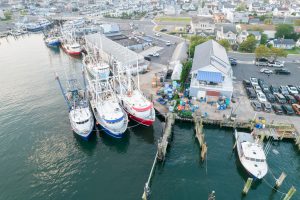
OAP convened a Regional Ocean Acidification Vulnerability and Resilience Assessment Workshop to provide a forum for social scientists and natural scientists to come together and both share their experience and build future collaborations.
The NOAA Ocean Acidification Program requests proposals for collaborative projects that synthesize ocean and coastal acidification information at a regional scale.
See our funded projects in human connections.
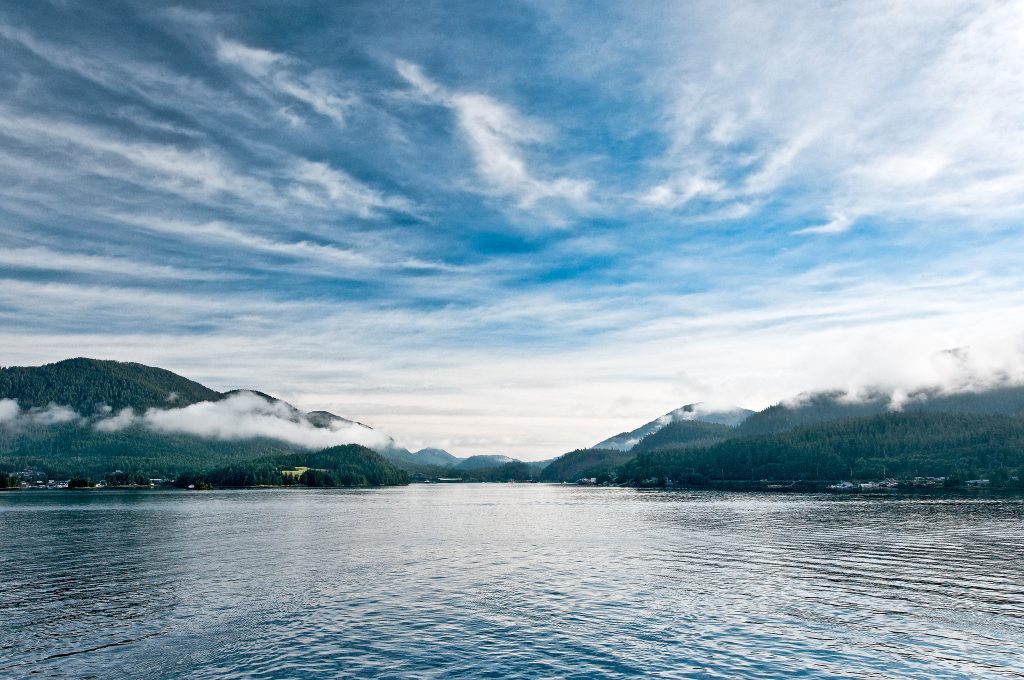
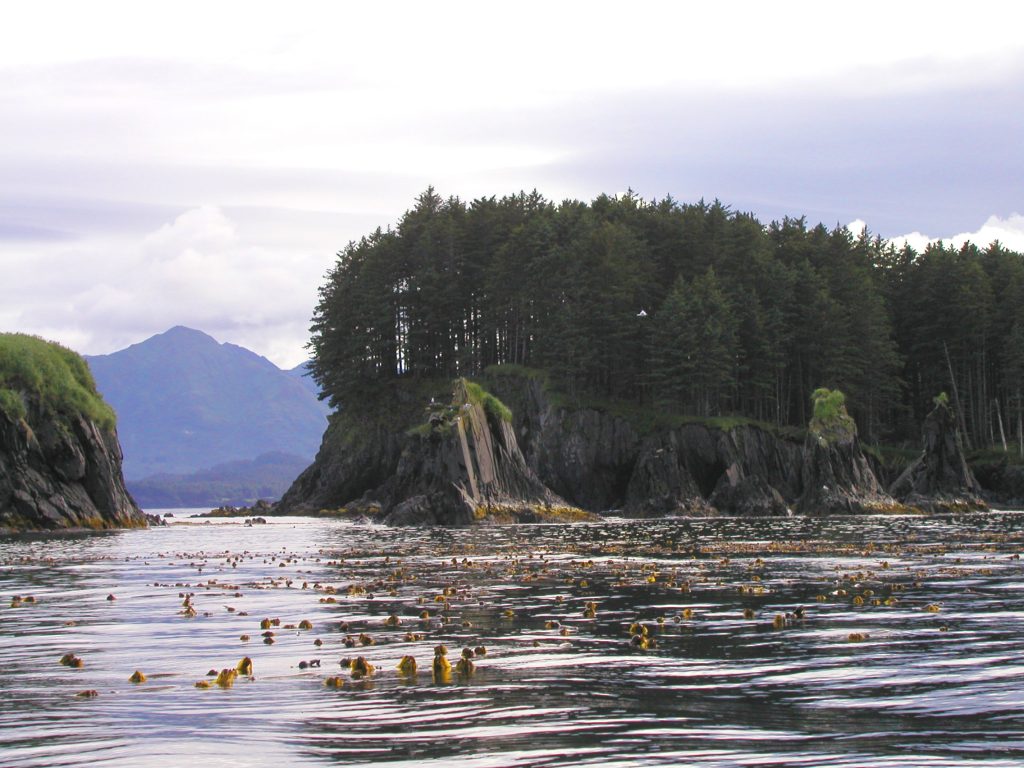
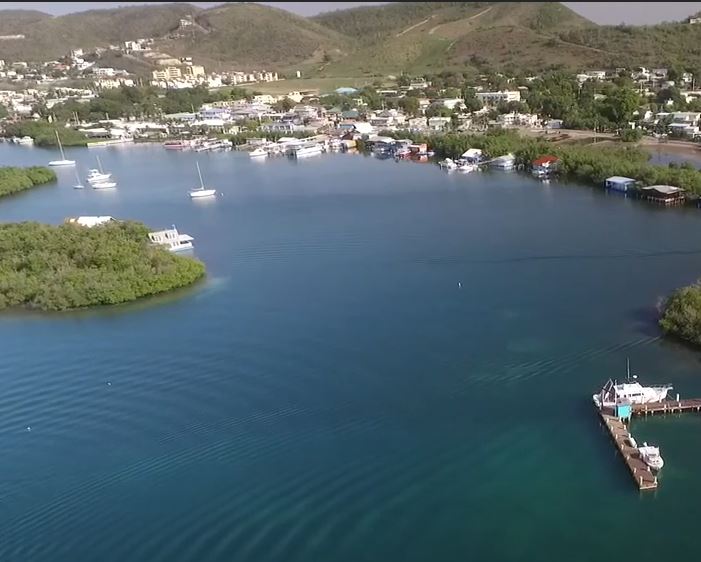
See publications from our funded projects for human connections.
The NOAA Ocean Acidification Program exists to meet the ocean acidification research and monitoring needs of the U.S. See how you can get involved to serve your community and participate in cutting-edge research and education and outreach.

Bioeconomic models are a multidisciplinary tool that use oceanography, fisheries science and social science to assess socioeconomic impacts. Funded by the Ocean Acidification Program, researchers at the Alaska Fisheries Science Center use a bioeconomic model to study the impacts of ocean acidification on Eastern Bering Sea crab, northern rock sole and Alaska cod. The goal is to predict how ocean acidification will affect abundance yields and income generated by the fisheries. This work informs the potential economic impacts of ocean acidification and future decision making and research planning.

Long-term declines of red king crab in Bristol Bay, Alaska may be partially attributed to ocean acidification conditions. These impacts may be partially responsible for the fishery closures during the 2021–2022 and 2022–2023 seasons. Researchers found that ocean acidification negatively impacts Alaskan crabs generally by changing physiological processes, decreasing growth, increasing death rates and reducing shell thickness. Funded by the Ocean Acidification Program, scientists at the Alaska Fisheries Science Center continue to investigate the responses of early life history stages and study the potential of various Alaska crabs to acclimate to changing conditions. Results will inform models that will use the parameters studied to predict the effects of future ocean acidification on the populations of red king crab in Bristol Bay as well as on the fisheries that depend on them. Fishery managers will better be able to anticipate and manage stocks if changing ocean chemistry affects stock productivity and thus the maximum sustainable yield.

Understanding seasonal changes in ocean acidification in Alaskan waters and the potential impacts to the multi-billion-dollar fishery sector is a main priority. Through work funded by NOAA’s Ocean Acidification Program, the Pacific Marine Environmental Laboratory developed a model capable of depicting past ocean chemistry conditions for the Bering Sea and is now testing the ability of this model to forecast future conditions. This model is being used to develop an ocean acidification indicator provided to fisheries managers in the annual NOAA Eastern Bering Sea Ecosystem Status Report.
The NOAA Ocean Acidification Program (OAP) works to prepare society to adapt to the consequences of ocean acidification and conserve marine ecosystems as acidification occurs. Learn more about the human connections and adaptation strategies from these efforts.
Adaptation approaches fostered by the OAP include:
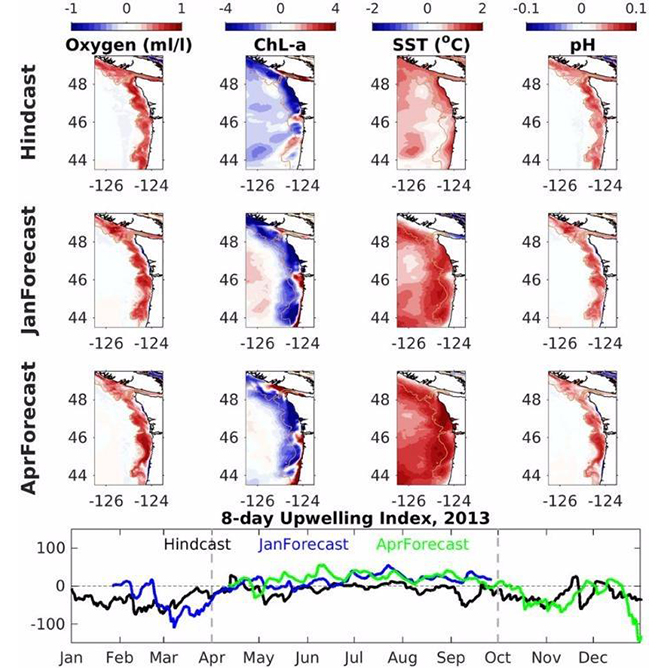
Using models and research to understand the sensitivity of organisms and ecosystems to ocean acidification to make predictions about the future, allowing communities and industries to prepare
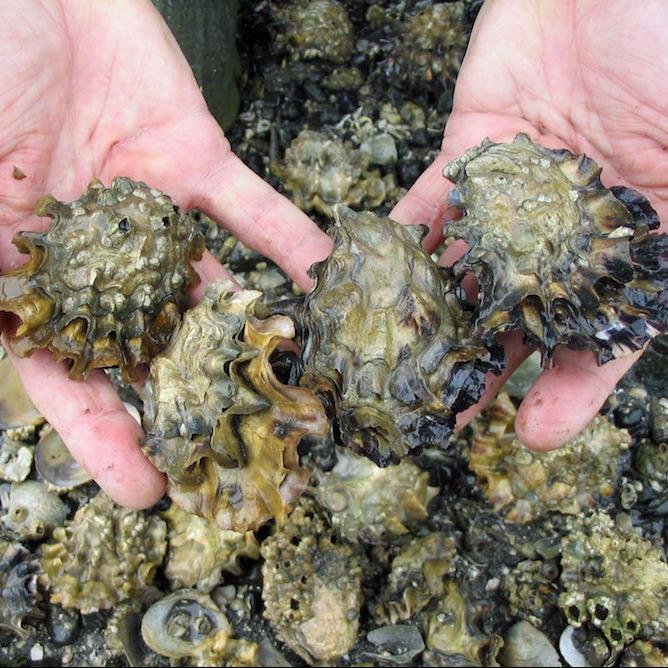
Using these models and predictions as tools to facilitate management strategies that will protect marine resources and communities from future changes
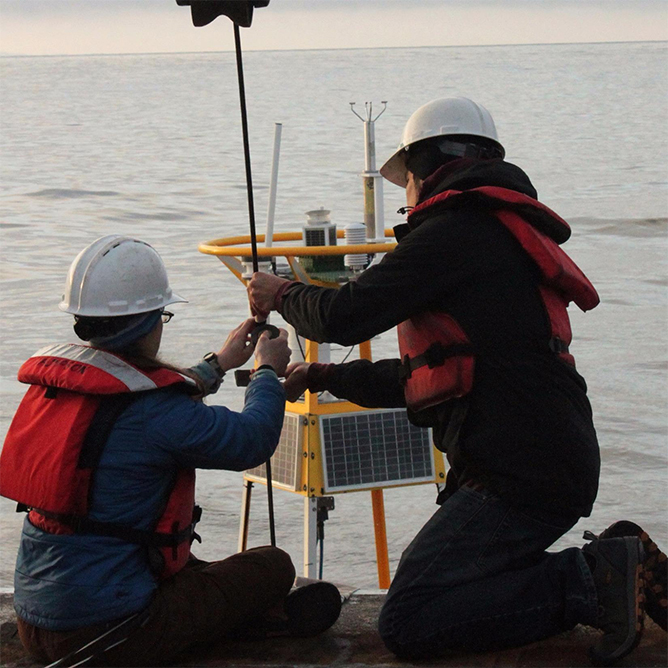
Developing innovative tools to help monitor ocean acidification and mitigate changing ocean chemistry locally
Drive fuel-efficient vehicles or choose public transportation. Choose your bike or walk! Don't sit idle for more than 30 seconds. Keep your tires properly inflated.
Eat local- this helps cut down on production and transport! Reduce your meat and dairy. Compost to avoid food waste ending up in the landfill
Make energy-efficient choices for your appliances and lighting. Heat and cool efficiently! Change your air filters and program your thermostat, seal and insulate your home, and support clean energy sources
Reduce your use of fertilizers, Improve sewage treatment and run off, and Protect and restore coastal habitats
You've taken the first step to learn more about ocean acidification - why not spread this knowledge to your community?
Every community has their unique culture, economy and ecology and what’s at stake from ocean acidification may be different depending on where you live. As a community member, you can take a larger role in educating the public about ocean acidification. Creating awareness is the first step to taking action. As communities gain traction, neighboring regions that share marine resources can build larger coalitions to address ocean acidification. Here are some ideas to get started: